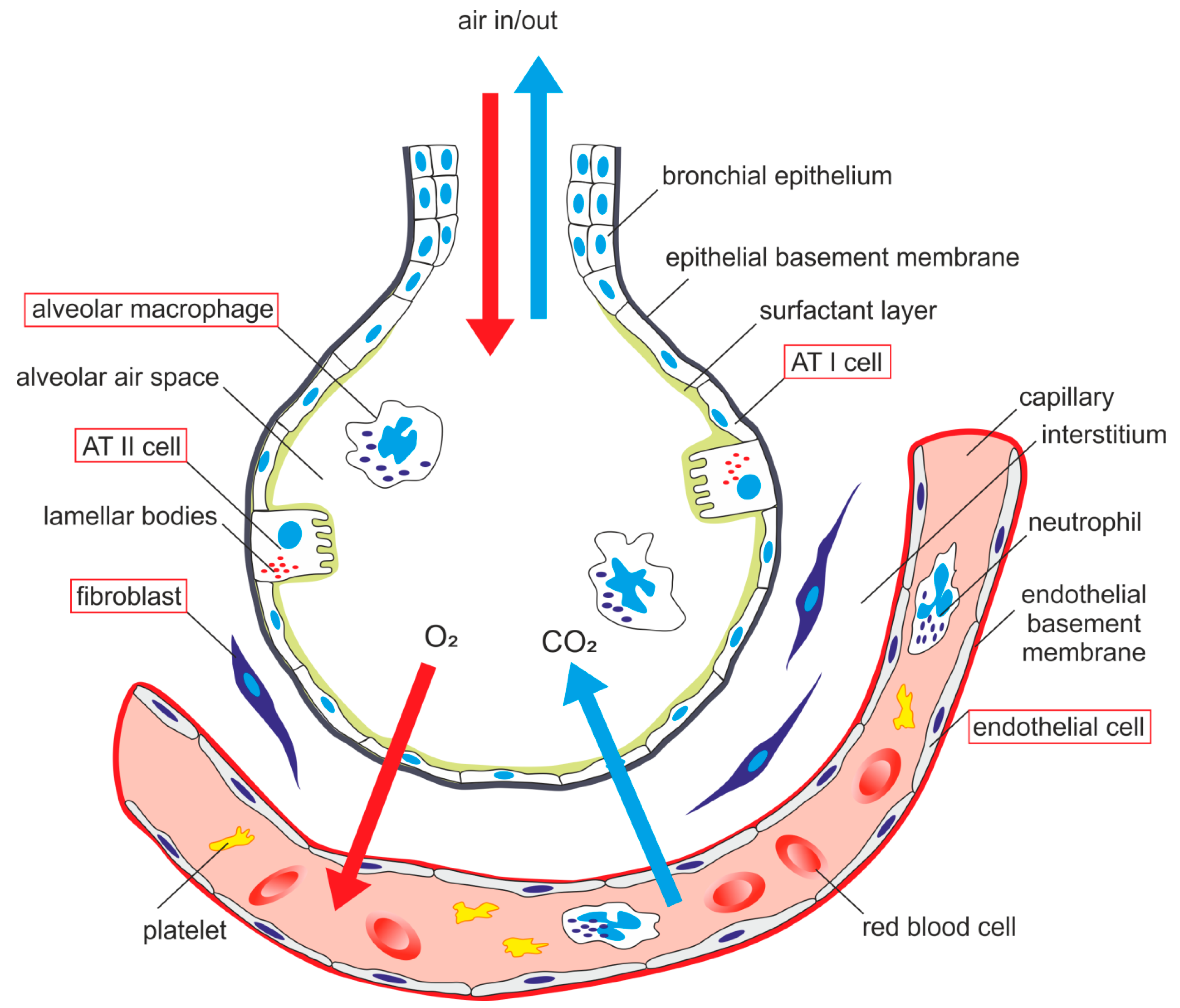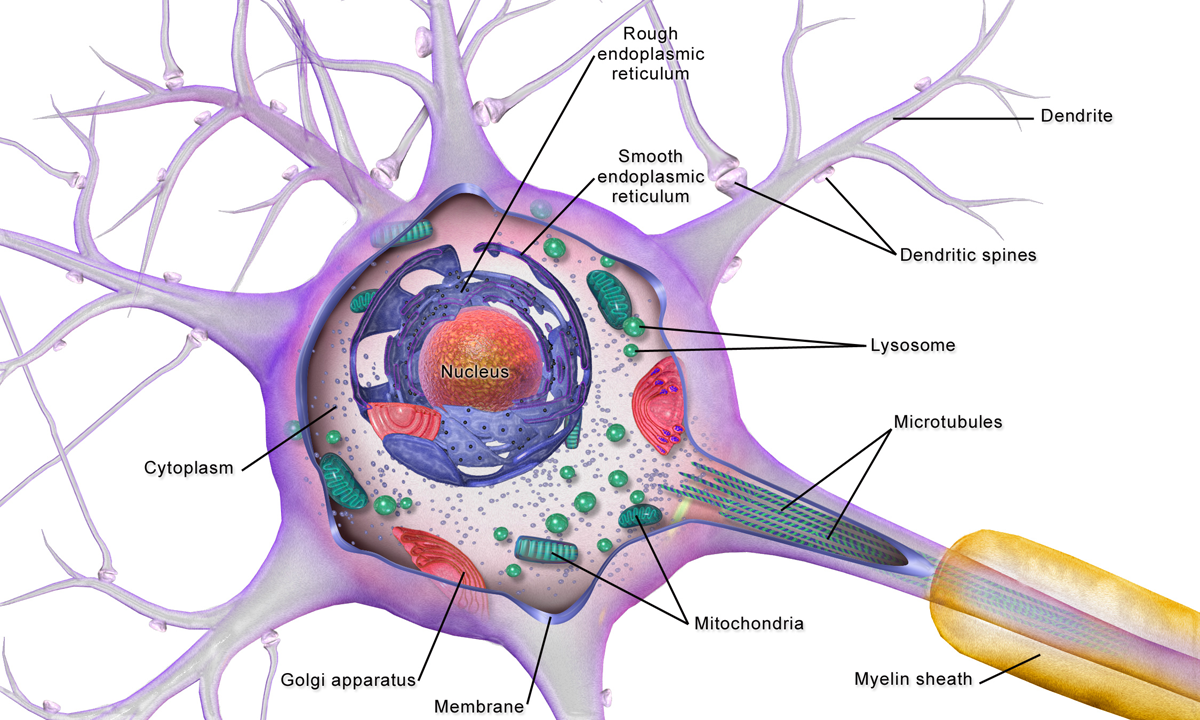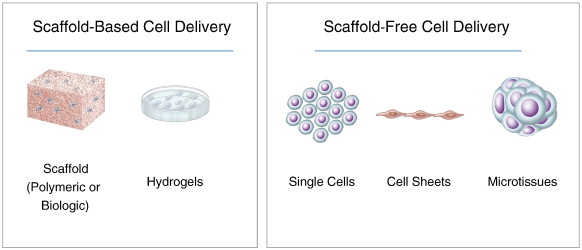Epithalial cells for spheroid formation
The Epithelium is a thin, continuous, layer of tightly packed cells formed as complex 3D structures such as cysts, tubules or invaginations. The shape of the epithelium is essential for its function as it aids in creating biochemical gradients that
3D model systems including pulmonary cells
The human lung performs functions necessary for survival; such as gas exchange and a gatekeeper function; protecting our body from external hazards. Alveoli, the functional tissue of the lung comprises of type-1 cells, which together with endothelial capillaries, form the
Brain cells
Brain cells collectively comprise the functional tissue of the brain (1). They are composed of 2 main types of cells, neuronal and glial cells (1). Glial cells can be further divided into astrocytes, ependymal cells, oligodendrocytes and microglia, which play
Everything you need to know about Hepatocyte
The liver is an organ that is part of the digestive system in vertebrates. It is composed of 4 different types of cells, hepatocytes (HCs), hepatic stellate cells (HSCs), Kupffer cells (KC) and liver sinusoidal endothelial cells (LSECs). Hepatocytes are
Black Friday super sale – Free worldwide express delivery
Order now by clicking this here





